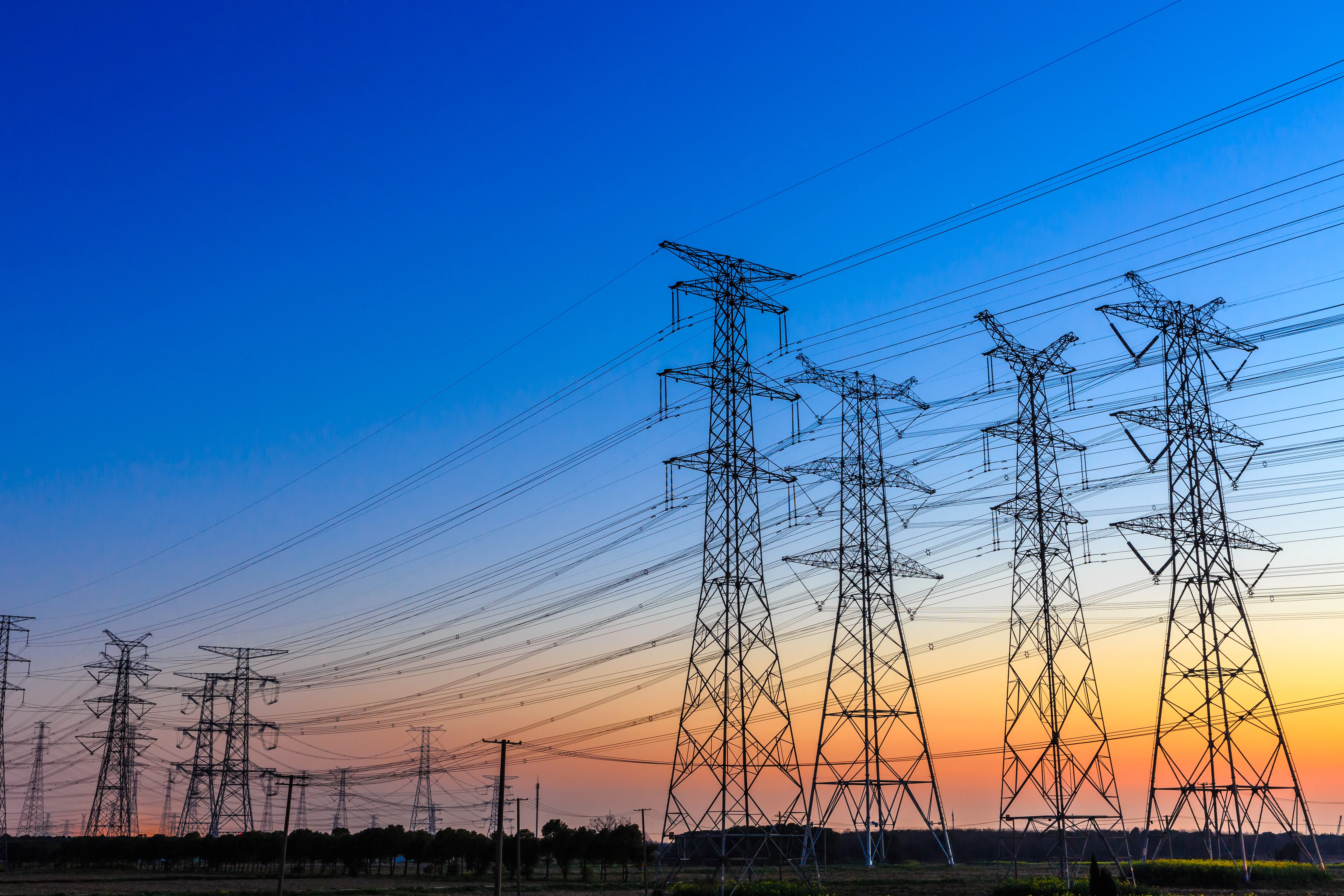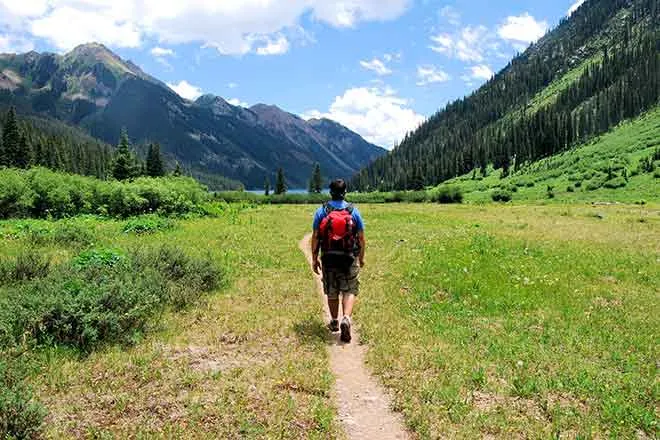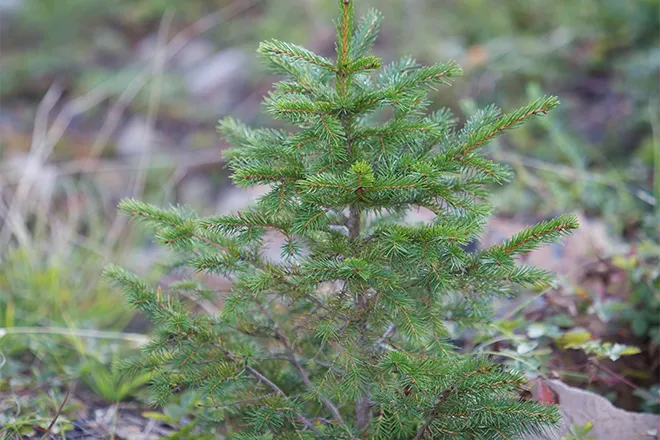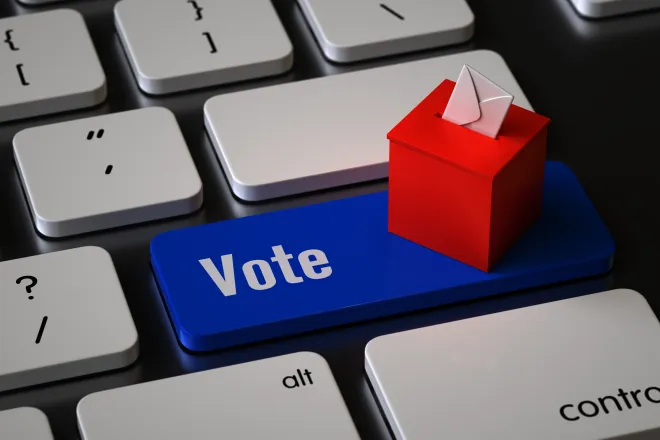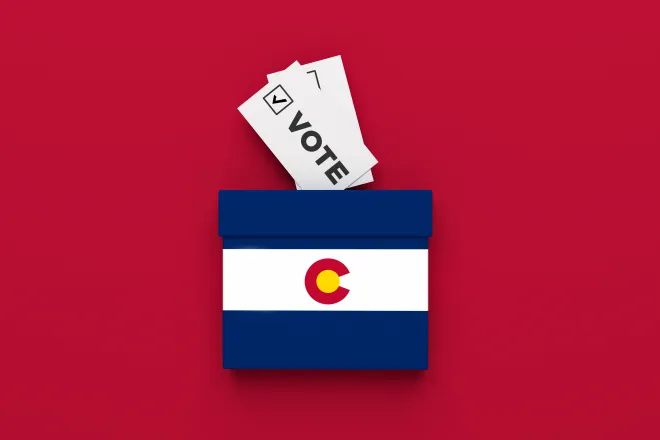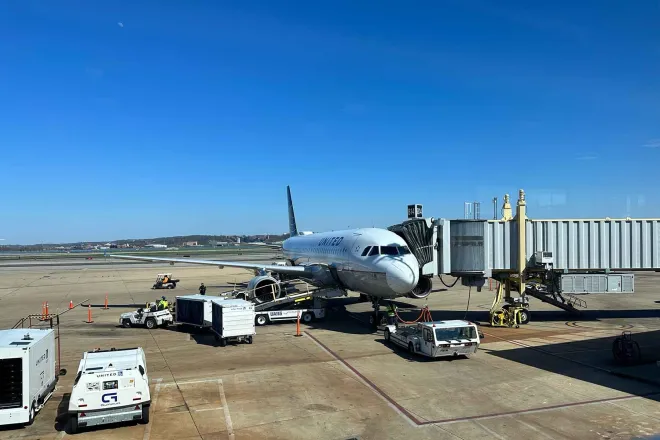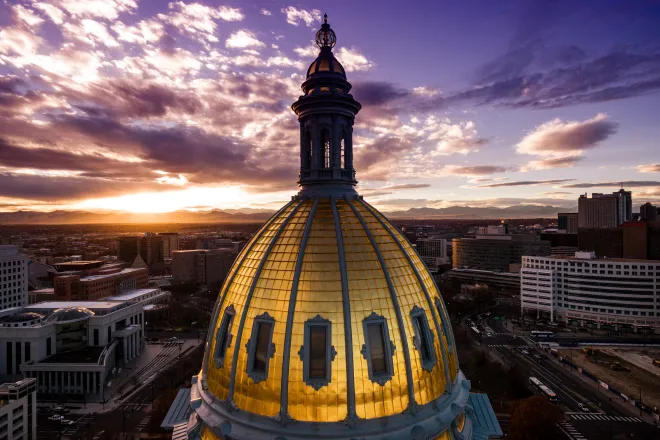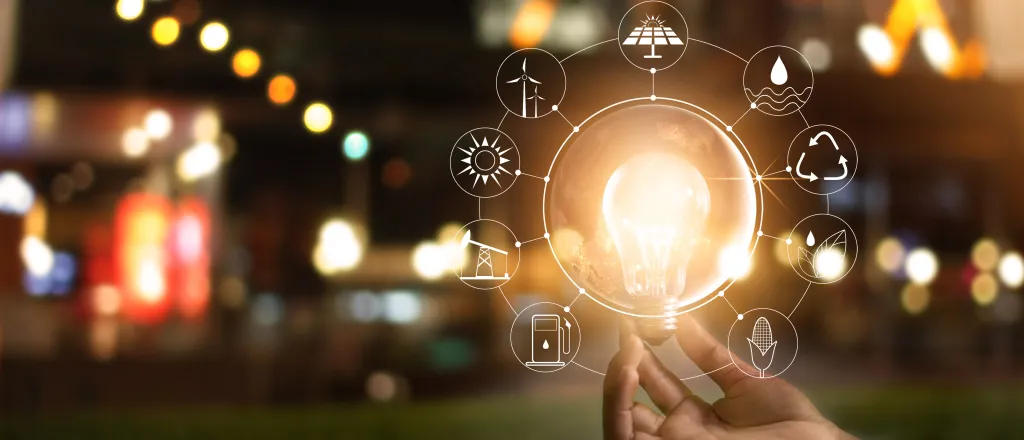
Nonprofit brings light to tribal lands in Arizona
© iStock
Click play to listen to an abbreviated version of this article.
Leonard Selestewa is used to broken promises. The 62-year-old grew up in the house his father built for his mother on the Hopi Reservation in Arizona, where 35 percent of households don't have access to electricity. He still lives here, growing subsistence crops like blue corn and lima beans. Throughout the years, Selestewa has heard U.S. government and tribal officials promise-and fail-to improve infrastructure and create jobs for his people.
Such betrayal is prevalent throughout Indigenous history in North America. Selestewa, of the Hopi Sun Clan, spent much of his life adapting to a world off-grid. He found light where he could-in the morning sun, kerosene lamps, gas-run generators, flashlights, and other battery-powered devices.
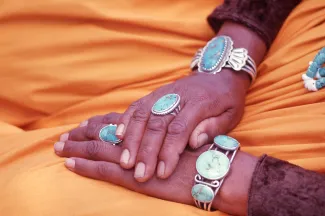
© Rebecca J Becker - iStock-1251580456
Then, last year, Selestewa's clan brother called to connect him with Native Renewables, a nonprofit offering free solar energy systems to eligible households on the Navajo and Hopi reservations. Selestewa didn't get his hopes up. A year passed without a word. Then, one July evening, as the sun was setting outside, Selestewa was sitting in semi-darkness, thinking about those promised solar panels when his phone finally rang. It was almost as though his thoughts summoned a response; the organization was calling to tell him his family qualified for a free energy system. A month later, Selestewa said goodbye to the darkness, for there was finally light-and so much of it.
"We could watch movies all night and do something called a movie marathon if we wanted to," he laughed.
It's easy to take for granted such simple delights, but over 13,000 households across the Navajo Nation and Hopi Tribe don't have electricity. Native Renewables is on a mission to change that.
Since its founding in 2015, the Native- and women-led organization has donated 95 off-grid residential solar systems to Hopi and Dine families that now have electricity powered by clean energy without the power lines. The organization has completed 25 installations so far this year, but the goal is to do 100 annually. Part of its work involves hiring local Indigenous people and training them for careers in solar, too. And now, President Joe Biden's landmark climate law, the Inflation Reduction Act, has awarded Native Renewables several million dollars in federal funding, allowing them to expand. Their work isn't only about electrifying homes for Native families; it's also about paving a future where Indigenous communities thrive and determine their own destinies.
Healing Generational Harm
In the early 20th century, there was a mad rush for coal and, eventually, uranium on Navajo and Hopi lands. Those resources helped the U.S. advance in both energy and military might, but the federal government repeatedly denied the Dine and Hopi peoples their own advancements at home.
In 1936, when President Teddy Roosevelt signed the Rural Electrification Act as part of his New Deal policies, he didn't include tribal lands. The law allowed farmers to access low-cost loans to build power lines and bring in electricity. Some 1.5 million farms gained access to electricity-but the Dine and Hopi were excluded. Then, in 1966, Congress enacted a ban on development for a swath of land that the two Indigenous groups were contesting. The Bennett Freeze, as it went on to be named, further delayed the introduction of electricity to 1.5 million acres of Native land until the government lifted it in 2009.
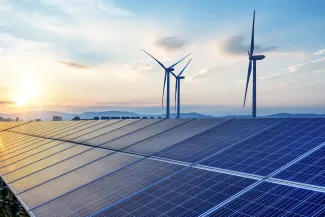
Nearly a century after private companies and the federal government began to extract both coal and uranium, Indigenous communities are left with little to show. Instead, the coal and uranium industries decimated their water resources and created generations of health issues. Neither brought in the development or investment that should've eventually led to basic infrastructure upgrades like power lines.
Of all tribal communities in the U.S., energy inequity is starkest for the Dine and Hopi: A 2023 report from the Department of Energy Office of Indian Energy estimates that 21 percent of Navajo homes and 35 percent of Hopi homes have no access to electricity. Their situation isn't unique, however. The report estimates that over 54,000 Native American people have no home access to electricity; other Indigenous communities affected include the Standing Rock Reservation, the Mescalero Apache Reservation, and the Salt River Reservation. Government research has also found that the households that can access electricity pay a higher price due to their remote location or lack of utility options. The COVID-19 pandemic illustrated the urgency of such infrastructure gaps when students were required to attend school virtually, a task that requires stable internet and energy access.
Well, what if Dine and Hopi families could utilize their abundance of sunlight to get connected without paying for a thing?
That was the intention with Native Renewables. Suzanne Singer, cofounder and executive director, grew up spending her weekends and summers in the Navajo Nation with her grandparents, whose home had no energy or running water. There were still transmission lines buzzing over the family's property, but that electricity wasn't for them. Produced with local resources, the energy was sent to non-Native households miles away. Singer knows firsthand what families are going through-and that lived experience has strengthened the group's programs.
"One thing that is underlying the work we're doing is recognizing that we need electrification solutions in our own communities," Singer said. "It was unfortunate that the energy development that was happening was impacting our communities but not fully benefiting [them] in the way our community members wanted."
Power for Indigenous People, by Indigenous People
Native Renewables offers a workforce training program for local Indigenous peoples. Since 2015, the group has created 19 jobs for people from the Navajo Nation and Hopi Tribe. With their new federal funds, the team is planning to hire at least five more people this year. The organization wants communities to reap the economic benefits that come with this work rather than exporting those dollars elsewhere should outsiders come in to do the job.
Hiring Indigenous employees is essential to their work. Their teams build long-term relationships with the families receiving the off-grid solar systems, which come with both solar panels and battery storage. Workers visit families once a year for five years to ensure their system-whether that's the batteries, panels, or software-remains up to date. After five years, however, families become responsible for maintenance, including replacing their batteries at some point. The group is sure to advise households of this in advance so they can put aside money before the batteries die out.
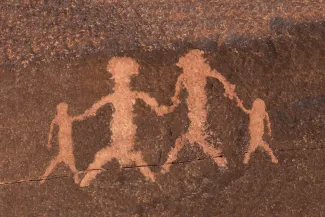
The installers also teach families how to operate and maintain the devices. These are small systems meant to allow families to refrigerate foods, power electronics, and connect to the internet. They're not large enough to support power tools, air conditioners, space heaters, and other energy-intensive appliances. That's a challenge, but one the organization has been thinking about, especially as fossil fuel pollution has made extreme heat more deadly in the Southwest. Training and education are made far easier with Indigenous employees. When Selestewa received his solar panels, all of the workers were Indigenous-one young Hopi woman could even speak to him and his mom in their native Hopi language.
"When we started this work, there were a lot of beliefs that solar doesn't work," Singer said. "We've learned that that's due to a history of the models of parachuting in, dropping technology, and then leaving without having a support system in place."
Sandra K. Begay, the Indian Energy Program lead at the Sandia National Laboratories with the Department of Energy, has seen different attempts to electrify tribal lands in Arizona come and go. A few things stand out about Native Renewables's strategy. For one, the systems come prefabricated, so installers have less work to do at a person's home. Plus, their educational component is more in-depth than those that came before, ensuring that families understand how much energy goes into the devices they want to use.
Parvannah Lee, a 30-year-old Dine woman from the Sleep Rock People Clan and Old Zuni Clan, has been working for Native Renewables for nearly two years-and the opportunity has been life-changing. She used to work in healthcare, but she realized that running vitals on patients and treating them weren't addressing the root causes of some of their health issues.
"I realized that not having access to running water, fresh fruits and vegetables, [and] electricity are also public health crises," Lee said.
She left that career behind in 2019 and took part in a training program with Native Renewables. During that time, Lee was living in her car because her family home was two hours from where training was happening. Back then, the organization wasn't yet hiring for full-time roles, so Lee kept applying for other training programs to build her skills. In 2020, she spent a few weeks training with Red Cloud Renewable, another Native-led nonprofit on the Pine Ridge Reservation in South Dakota dedicated to workforce development in the solar and housing sectors. She finally saw an opening at Native Renewables in 2022 and got the job, which has allowed her to find stable housing and feel a safety she hadn't known for a long while.
"I didn't realize I was living in a flight-or-fight mode until I found this place to live and had my own room," Lee said. "With Native Renewables, I have a sense of security. I find myself in a really good place right now in life."
The benefits could be better-there's no retirement plan or dental and vision health insurance yet-but Lee feels confident about a brighter future ahead. For herself, Native Renewables, and her people, this is only the beginning.
Yessenia Funes wrote this article for Atmos.




